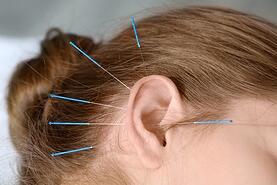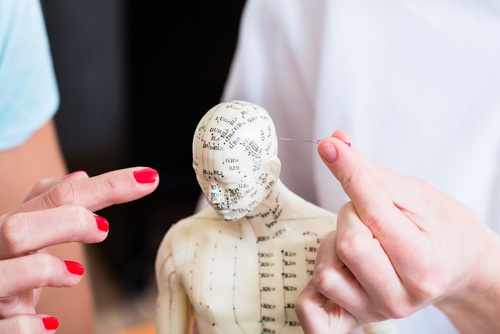Menu
- SITCM Overview
- Prospective Students
- Current Students
- Alumni
- Teaching Clinic
The practice of acupuncture dates back thousand of years to China (a few hundred years before the common era) and is based on the theory that life energy – – known as Qi or Chi – – flows through the body along channels or pathways known as meridians. When Qi is blocked, health problems ensue. An important part of Traditional Chinese Medicine (TCM), acupuncture has gained wide acceptance in the Western Hemisphere in the last several decades for one now indisputable reason: It’s very effective in treating a wide variety of medical issues. The World Health Organisation (WHO) has stated that studies have now proven that acupuncture is effective in helping treatments in the following conditions:

And many other conditions. In addition to these, acupuncture has shown promise in treating a great variety of additional conditions, although further research is needed (and ongoing).
Acupuncturists insert extremely thin needles into specific acupuncture points along the body’s meridians to balance the flow of Qi, thereby relieving discomfort and treating problems at the source. When performed by a trained acupuncturist it is completely safe and numerous studies have found it to be effective. Those who are afraid of needles will be relieved to know that the placement of these hair-width needles seldom — if ever — cause any discomfort.

According to Evidence Based Acpuncuture, various studies have shown that acupuncture stimulates the release of chemicals called endorphins, which are in essence, the body’s natural painkillers. Western researchers theorise that the acupuncture points may correspond with areas where nerves, muscles and connective tissues can be stimulated, which increases blood flow and stimulates the production of pain-relieving endorphins.
There are few risks associated with the practice, which is safe when administered by a trained acupuncturist. However, if you’re taking blood thinners, you should check with your doctor before beginning acupuncture treatment.
If you’d like to learn more about the practice of acupuncture and its benefits, contact us at the Sydney Institute of Traditional Chinese Medicine.
To book an appointment with the SITCM Teaching Clinic complete your details below.